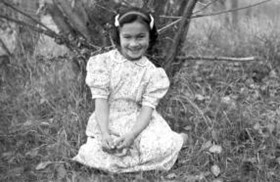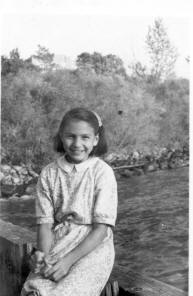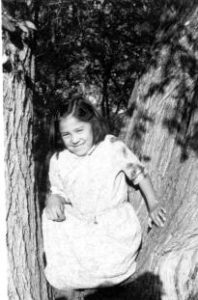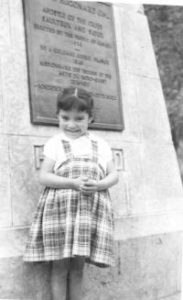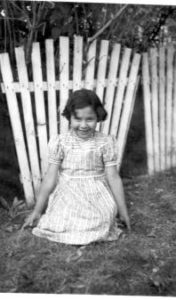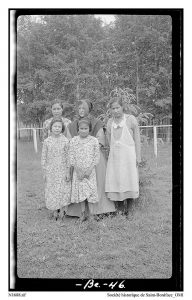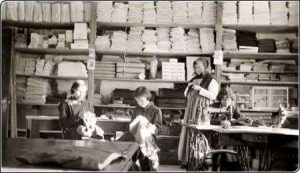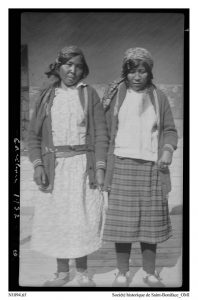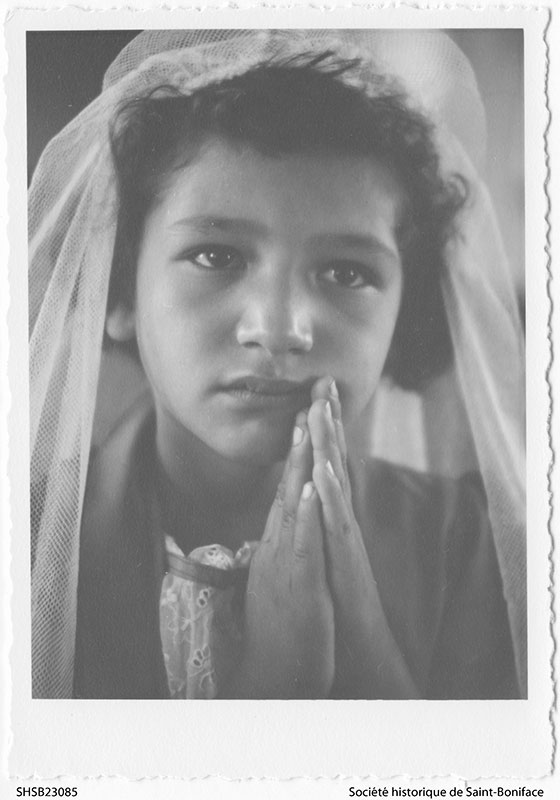Girls at Lebret
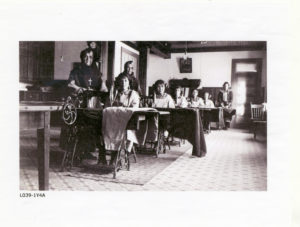
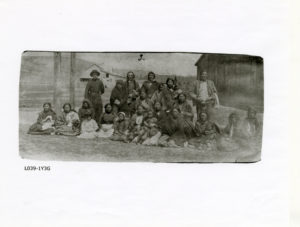
In January 1884, Indian Affairs Deputy Minister Lawrence Vankoughnet informed Qu’Appelle principal Joseph Hugonard that if the school employed members of the Sisters of Charity (the Grey Nuns), “a few female students should be taken into the institution.”16 However, Vankoughnet neglected to provide Indian Commissioner Edgar Dewdney with a copy of his instructions to Hugonard. As a result, Dewdney ordered Hugonard to send the first female recruits back to their homes.17 Hugonard persisted in his quest to have girls admitted, and, by the end of 1885, the school had nine female students. He lobbied to be allowed to
increase their numbers, arguing that their presence was absolutely necessary to effect the civilization of the next generation of Indians.
If the women were educated it would almost be a guarantee that their children would be educated also and brought up Christians, with no danger of their following the awful existence that many of them ignorantly live now. It will be nearly futile to educate the boys and leave the girls uneducated.18
By 1887, the Qu’Appelle school’s enrolment was made up of fifty-five boys and thirty-nine girls. Since no provision had been made for them in the original building design, the girls were living, working, and studying in the school attic.19
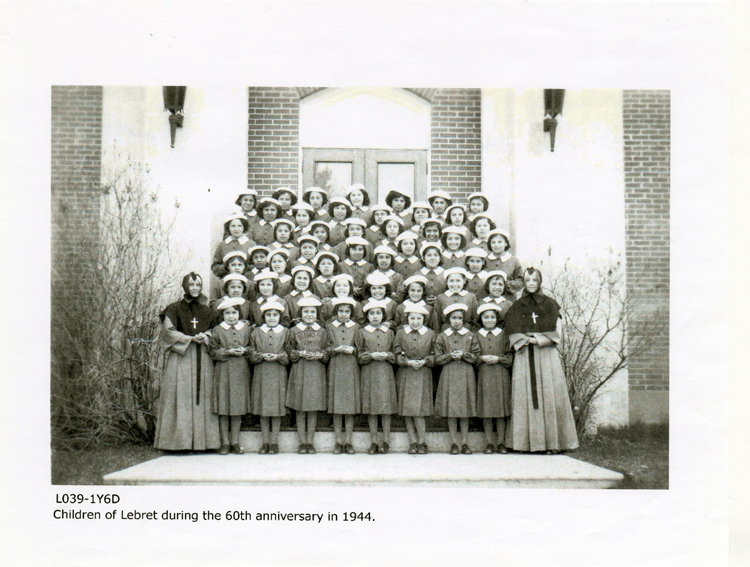
Qu’Appelle principal Hugonard initially claimed that the girls could not be counted upon to work without supervision. He observed, “The inconsistency of the Indian character is remarkable in them, especially in the elder ones.”21 By the 1890s, however, the girls had become essential to the operation of the school, having become responsible for making almost all student clothing. According to Hugonnard, the girls did “not have as much school as the boys owing to the large amount of housework, sewing, knitting, mending, washing, etc., that has to be done.”22 (The History, Part 1 Origins to 1939, Vol. 1, pp. 645-646)
